Hello friends, if you are a pet birds lover, then the article for you.
In this article I will introduces top 24 smartest pet birds in the world from parrots to pigeons. It then ranks them from least intelligent to most intelligent.
I will talks about a wide variety of birds in general but focuses mainly on parrots scientific name and history because they are one of the smartest birds.
Parrots were ranked number one for intelligence by scientists at Yale University who researched animal brains specifically for this ranking list.
The following is a list of the smartest birds that make excellent pets.
Parrots: (Psittaciformes)
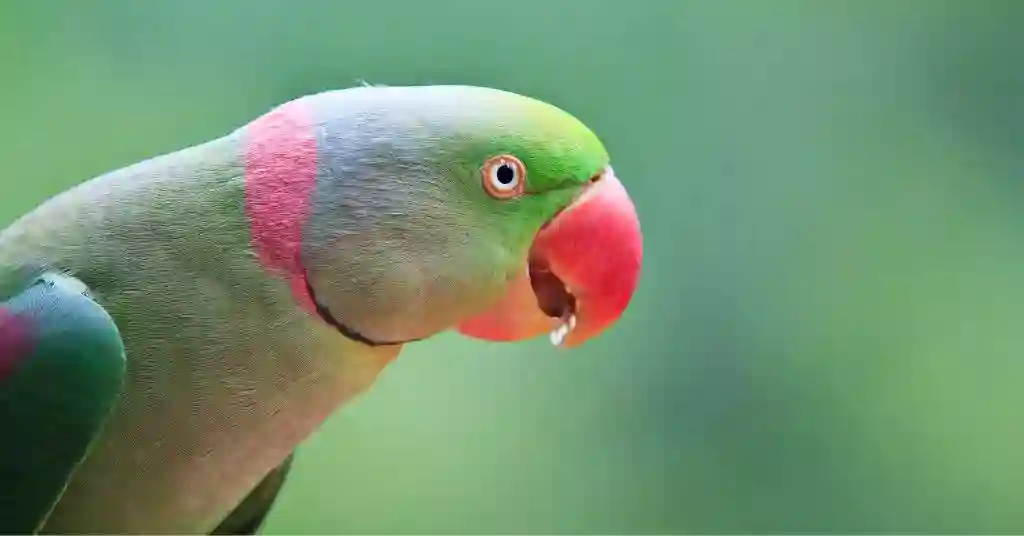
Parrots scientific name is Psittaciformes. It’s part of the Psittacidae family. The history of the parrots, the first wild parrots arrived on the island of Madagascar around 13,000 years ago.
Most of the parrot species that inhabit the island today originated in this species’ early migration to Africa.
Today, several species, particularly the Blue Magpie and Blue and Yellow-crowned Parrots, are found only on Madagascar.
The first recorded human contact with wild parrots occurred in 1595.
When the explorers Magellan and Pedro Sarmiento de Gamboa came upon parakeets and “sparrows,” perhaps also parrots, on the island.
The first known accounts of parrots in captivity occurred in 1670 when, while exploring a new Spanish colony in Mexico.
A Spanish merchant captured six red-billed parakeets as a source of entertainment for European colonizers.
The first record of a successful breeding attempt by a European in North America occurred in 1796, when a Dutch scientist managed to breed seven parakeets.
Europeans began to hunt wild parrots in the 1800s. When this became part of a new species-management strategy on the island, it led to a severe decline in wild bird populations.
Because the population was depleted by the 1900s.
The National Herbarium of Madagascar which includes the collection and documentation of the island’s floral and faunal species was established in 1943.
To act as a source of plants, seeds, and insects for reforestation programs.
However, the species that Europeans hunted continued to cause extinctions of native plants and fauna and ultimately left wild parrot populations in dire need of protection.
Today, the National Herbarium, with support from the American Bird Conservancy, helps native wild parrots survive through conservation efforts.
Best for Bird Lover: Enamel Pins No Minimum

Pet birds are an emotional support for many bird lovers. The clever and small size of birds can bring comfort and pleasure to bird lovers.
Customized enamel pins designed in the image of pet birds have won the hearts of bird lovers. All you need to do is upload an image of your pet bird to the advanced online design system.
And GS-JJ can quickly and easily help you to create the pins you want and has no minimal quantity.
These delicate enamel pins are perfect to wear on your clothes, bags or anywhere else to show your love to your cute little pet bird.
African Grey Parrot: (Psittacus erithacus)
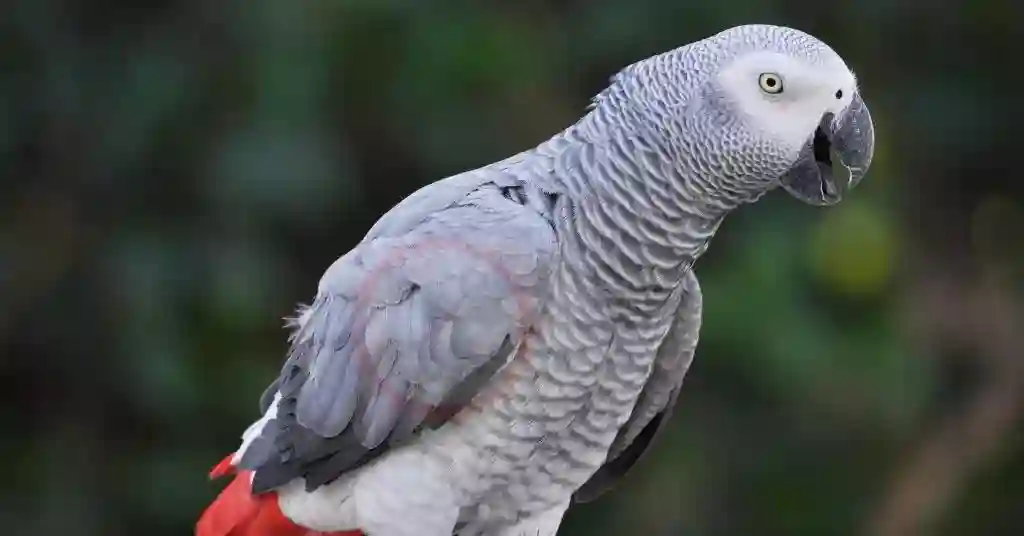
African grey parrot scientific name is Psittacus erithacus. The history of the African grey parrot begins around 20 million years ago, in the Upper Cretaceous, when the first birds appeared.
This family of birds was initially called Ostrichdons; today, the family is called Ornithurae. The earliest fossils of African greys are in the Miocene, 22 million years ago.
However, the discovery of a fossil specimen belonging to the parrot family suggests that they could have developed in the Oligocene, 35 million years ago.
After the discovery of the fossil, and following the description of the species in 1913.
The species was referred to as the African Grey parrot. The term “African grey” is used in many different countries. However, the term was used in a different context in each case:
In South Africa, the term “African grey” refers to the official national bird of the country, a parrot species with similar plumage to the African grey.
In Botswana, it refers to the species of monkey that live in the Kalahari desert.
In Botswana, Kenya, Malawi, and Tanzania, it refers to the local names for the grey parrot, which differ from the other African countries.
In Uganda, it refers to the national bird. In Uganda, Tanzania, and Zimbabwe, the term refers to the national bird of the respective countries. In all other countries, the official term is used.
Budgerigar: (Melopsittacus undulatus)
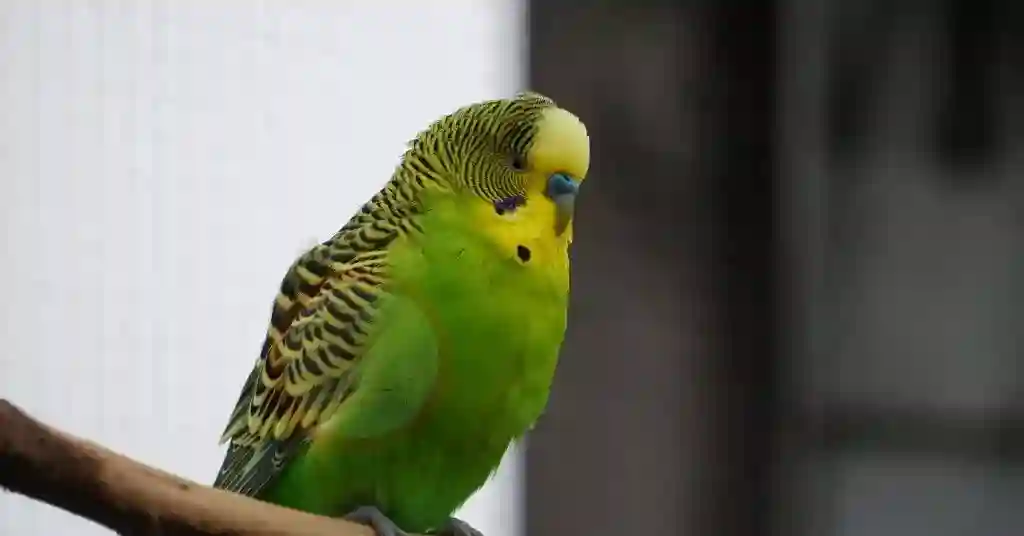
Budgerigar scientific name is Melopsittacus undulatus. The history of the Budgerigars were known to Austronesian cultures of Taiwan as early as the Neolithic Period and probably as far back as the Bronze Age.
During the 19th century, the Budgerigars enjoyed a renaissance as a popular and highly valued household pet in European colonies in the Dutch East Indies.
It has become a popular pet around the world. It has become the most popular parrot in the United Kingdom and the world’s number 1 pet bird.
Budgerigars were first domesticated during the mid-1800s in the Indian subcontinent and the Dutch East Indies. As a result, the bird became highly prized in the latter colony.
From the beginning of the 20th century, many European breeders began importing Budgerigars.
While bred in Europe, Budgerigars have been found in Australia, Japan, Singapore and the United States. The first recognized purebred breed of Budgerigar was established in 1927.
Cockatoos: (Cacatuidae)
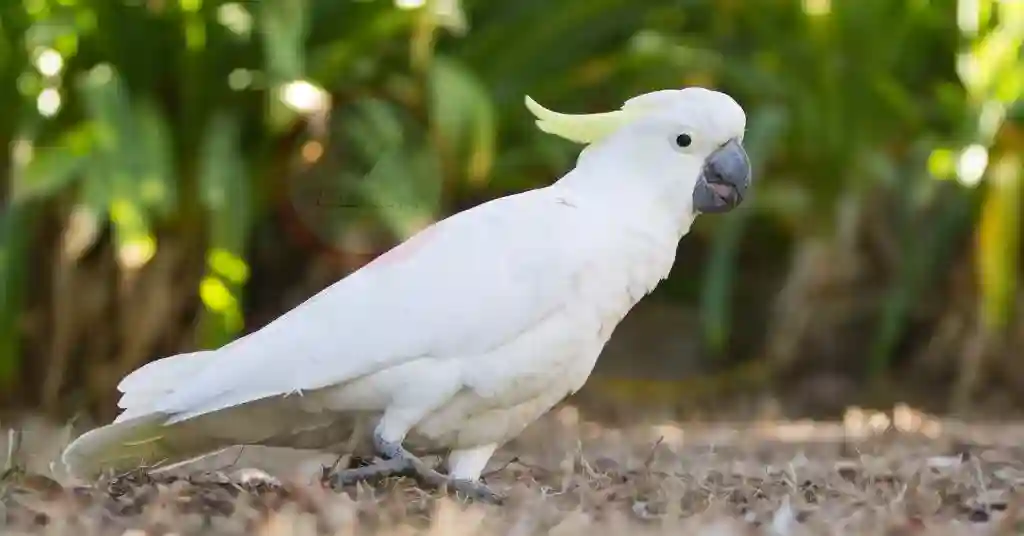
Cockatoos scientific name is Cacatuidae. The history of the cockatoos. Cockatoos one of the largest and most-widely distributed parrots.
The cockatoo was one of Australia’s earliest land-based avian migrants, and played a major role in the creation and distribution of various food plants.
The earliest fossilised remains of a cockatoo are from the Eocene epoch (between 37 and 5.8 million years ago).
It is unknown whether these fossils are ancestral to the birds alive today. The first fossil remains of living-cockatoos are from the Pleistocene epoch (2 million years ago).
Although some fossils believed to be those of other living species such as the crested eagle have also been reported to date from that time.
Cockatoos share a common ancestor with galahs and parakeets, and also share some genetic similarities with hummingbirds, and possibly also with lorikeets and babblers.
The modern species are divided into 4 major sub-genera, 3 of which are the large-bodied species: the large, medium and small cockatoo.
The four modern sub-genera are:
Subgenus Perisus: Large cockatoos (subgenus Perisus). These include the Australian cockatoo, the Greater and Lesser.
Subgenus Celeolophus: Greater cockatoos (subgenus Celeolophus). This subgenus also includes the Large, Sulawesi and Pink cockatoos.
Subgenus Gallagadina: Sulawesi cockatoos (subgenus Gallagadina). These include the Sulawesi, Black, Orange-bellied, Whitehead’s, Long-tailed, Yellow-tailed, Black and Red-tailed cockatoos.
Subgenus Pseudococcyx: Sulawesi cockatoos (subgenus Pseudococcyx). This subgenus also includes the Little, Yellow-collared, White-headed, and Yellow-throated cockatoos.
There are also several species of smaller cockatoos which are found in Australia and elsewhere, for example the Little Red and the Large Yellow Cockatoo.
Cockatiel: (Nymphicus hollandicus)
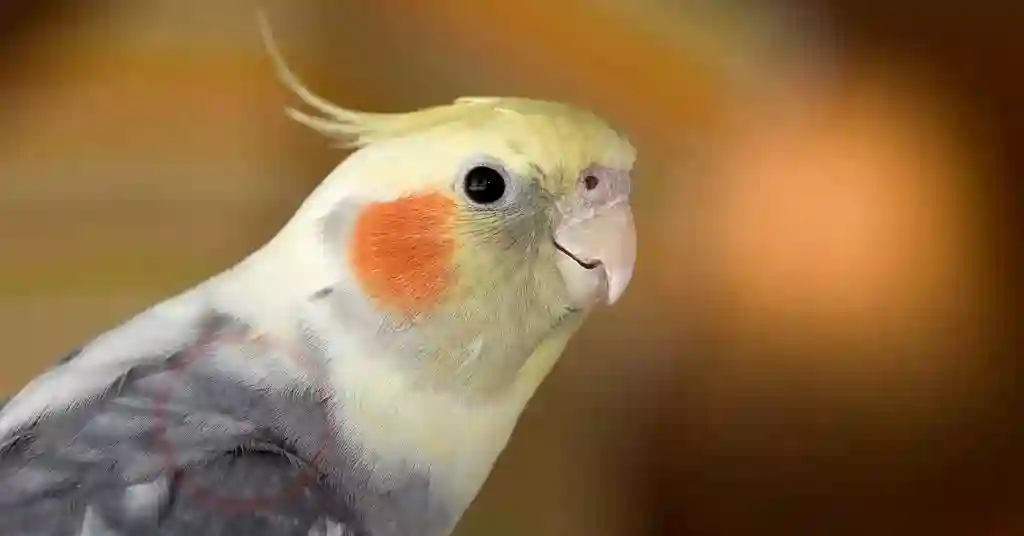
Cockatiel scientific name is Nymphicus hollandicus. The history of the cockatiel is based on the domestic origin of this bird and its first commercialisation.
It was a species that became popular in the late 18th and early 19th centuries with Victorian and Edwardian era Europeans.
Although the first documented reference to the cockatiel is from the late 18th century, the bird is considered to have originated in the wild.
During the early years of domestication, cockatiels were used as pets by people in rural, remote areas and in the colonies. The cockatiel was first commercially cultivated in the early 20th century.
Before the 1920s, cockatiels were primarily used as pets. However, by the late 1920s, they began to be seen as ornamental birds, especially in Europe.
Today, the cockatiel is a popular cage bird worldwide and has gained the affection and support of people from many different cultures.
The word “cockatiel” was first documented in an English dictionary in 1746. It was taken from the Spanish or Portuguese word “cockatiel”, which literally means “little parrot”.
The earliest description of the species was in 1726 by Johann Reinhold Forster and James Edward Smith in their book “Natural History of the Islands of New Holland and the Cape of Good Hope”.
They describe a “great-bodied parrot of a beautiful shape, long neck and head, with a tail and wings much like those of the Cock of the Dutch”.
Which could be found throughout the northern part of the Cape Province.
The cockatiel is not native to the Americas, and according to the United States Geological Survey, it is not known exactly where the first cockatiel was introduced to North America.
It is known that the first cockatiel in the United States was imported from South America.
And most likely the first imported cockatiel was brought into the United States by Benjamin and Mary Lathrop in 1785 in Newport, Rhode Island.
Eclectus parrot: (Eclectus roratus)
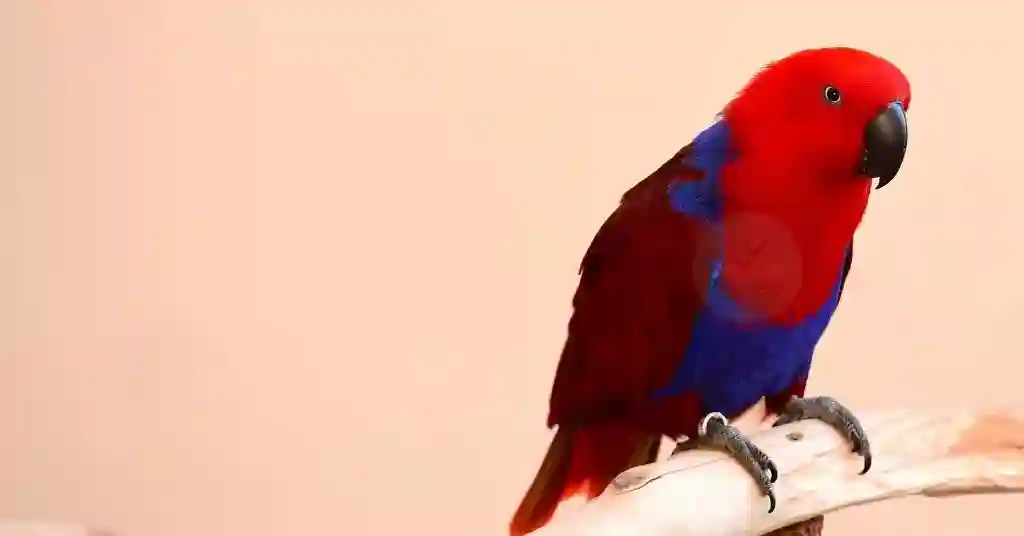
Eclectus parrot scientific name is Eclectus roratus. The history of the Eclectus parrot, also known as the Eastern Parakeet or just the Parakeet, is steeped in exotic pet history.
First brought to the US around 1888, it was soon in great demand, both as an exotic pet, as well as for its feathers that were highly prized for use in women’s hats.
They soon became a sensation in Victorian parlors and later throughout the world, as women of all social classes found Eclectus plumes irresistible.
Eclectus first became a common sight in urban areas. When a fire in 1890 destroyed most of the buildings in Pittsburgh’s Italian quarter, the Eclectus parrot took over the role of pet and companion.
In 1891 a man called Arthur B. Williams found the bird dead and, in its beak, a tiny cactus plant, which he took home to examine and found to have some sort of medicinal properties.
He went on to produce a number of tinctures from the plant, which quickly became extremely popular with the public, in particular for treating respiratory conditions.
He soon set up a company to produce the herb, and began supplying it to his customers. Today, Williams Herbals is still a popular seller of herbal products in the US.
Macaw: (Ara macao)
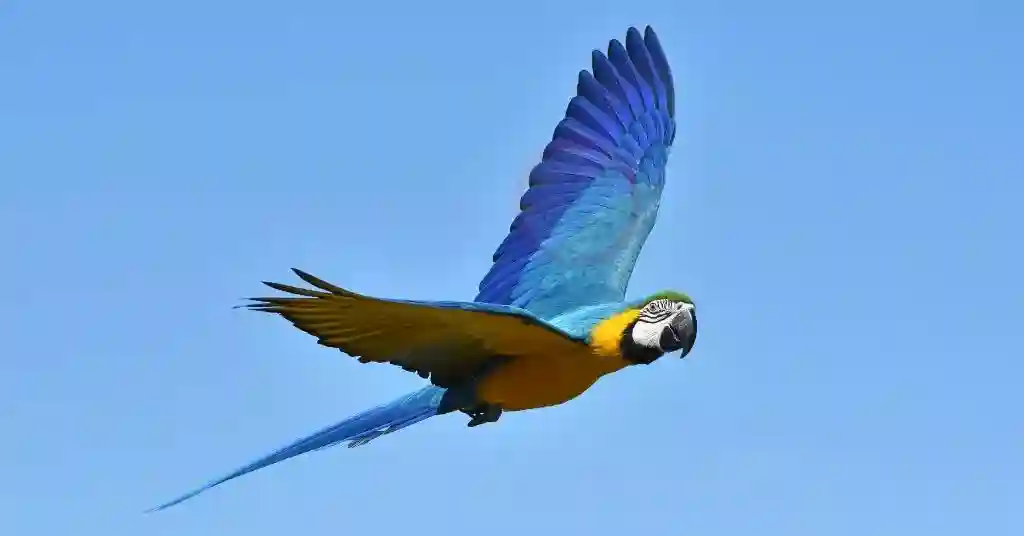
Macaw scientific name is Ara macao. The history of the macaw.
In early 16th century Spanish adventurers such as conquistador Diego Almagro and Franciscan friars and explorer Hernando de Soto found macaws in the new world.
And in 1493 Florentine explorer Amerigo Vespucci was the first recorded European to see macaws in the New World.
Macaws have been domesticated in different parts of the world.
The earliest evidence of macaw domestication in the New World is from the site of the former city of Oraípe, Oaxaca, dating to between 300 BC and 200 AD.
The domestication of macaws in South America was most likely in the Amazon Basin. Most of the birds recorded there in the 19th century were of the subspecies Ara ambiguus.
But macaws were also used in trade, and these birds may have originated in the region that is now Bolivia and Ecuador.
The exact dates of the introduction of macaws to the New World is unknown, but most likely dates between 300 BC and 200 AD. The macaw is currently found in more than 30 countries.
With an estimated wild population of between 10 and 14 million individuals, and a domesticated population of between a million and two million.
The macaw of South America has a long history of trade and exploitation.
Macaws, which are used in religious rituals, were once highly valuable, but because of the bird’s size and intelligence they have become almost worthless.
While the wild macaw population is in decline, the domestic population is increasing. However, the commercial trade in macaws continues to have an impact on wild populations.
Amazon parrots: (Amazona)

Amazon parrots scientific name is Amazona. The history of Amazon parrots started at least 15 million years ago when the oldest known parrots evolved from ground-dwelling.
Insectivorous ancestors, according to a study by a Yale University and the Smithsonian Institution researcher.
The study published in the journal Proceedings of the National Academy of Sciences also indicates that the diversification of parrots within the group.
Which includes the colorful, intelligent and large parrots, began about 4 million years ago.
In addition to the New World parrots (family Psittacidae), the study also included the Old World parrots (family Psittaculidae).
Parrots belong to the order of Psittaciformes, which was created by Carl Linnaeus in 1758.
It includes many groups of birds, including the true parrots, but also includes all the larger birds such as crows, ravens, magpies, turacos, macaws and many others.
Parrots are among the oldest groups of birds, having diverged from other species between 14 and 15 million years ago.
Parakeet: (Melopsittacus undulatus)

Parakeet scientific name is Melopsittacus undulatus.
The history of the parakeet, which became known in modern times in the 18th century as a “lovebird”, is tied to the colonial history of the British Empire in southeast Asia.
During the 17th and 18th century the parakeet was the most important aviary bird in Southeast Asia.
But at the end of the 19th century it began a sharp decline in numbers due to hunting and habitat loss.
In addition, the parakeet is an introduced species in the United States, the United Kingdom, and other parts of the British Empire.
Parakeet populations in many areas of the United Kingdom have experienced a large population growth since the middle of the 20th century.
Due to the large numbers that escaped and were introduced to their new homes.
It is a common source of pet animals, with pet birds being popular as pets in Japan, which have been popular in Europe and the United States since the 19th century.
When they were introduced to many European countries.
The Parakeet is also called the “Peacock of the Skies” because of its large plumage and unique shape of tail feathers. A peacock, but in this bird the feathers are all bright colours.
Parakeets and other related parrot species became the most important aviary bird in Southeast Asia and were held in high esteem as pets, as well as being used as hunting birds for eating meat.
Parakeets were held in high esteem as pets in China since the Han Dynasty (221 BC to 220 AD).
Ancient Chinese writers such as Sun Tsu and the Huai-nan-Tzu mention parakeets as important pets.
In China during the late Ming Dynasty, Parakeet houses were set up in Chinese palaces and the Chinese people began buying and raising the birds as pets.
An old book from the Yuan Dynasty (1278–1368) shows a Parakeet being kept as a pet.
Finches: (Fringillidae)

Finches scientific name is Fringillidae. The history of the finches, finches (Tringa spp.) are a group of small songbirds of the family Fringillidae, which has around 20 species.
Some of which have been introduced to many places by human beings.
The family originated around 20 million years ago, within a small subset of songbirds that includes the other small species with long tail streamers.
The group diversified by radiation, and spread across the globe in separate events to different environments. Their diversity is so great that it is difficult to define it with one definition.
Finches are the sole example of the family Fringillidae to have reached the modern world, being the only living representatives of the order Passeriformes.
Finches evolved into the first order of birds, Columbiformes, in the Eocene.
The finches are one of the most diverse bird families. Today they are represented in all continents.
In some islands there are also subspecies or forms that are not closely related to any mainland species.
The genus Fringilla, which includes the most species, evolved from the subfamily Emberizinae, which includes other genera like Carduelis, Emberiza, and Parus.
Lovebirds: (Agapornis)
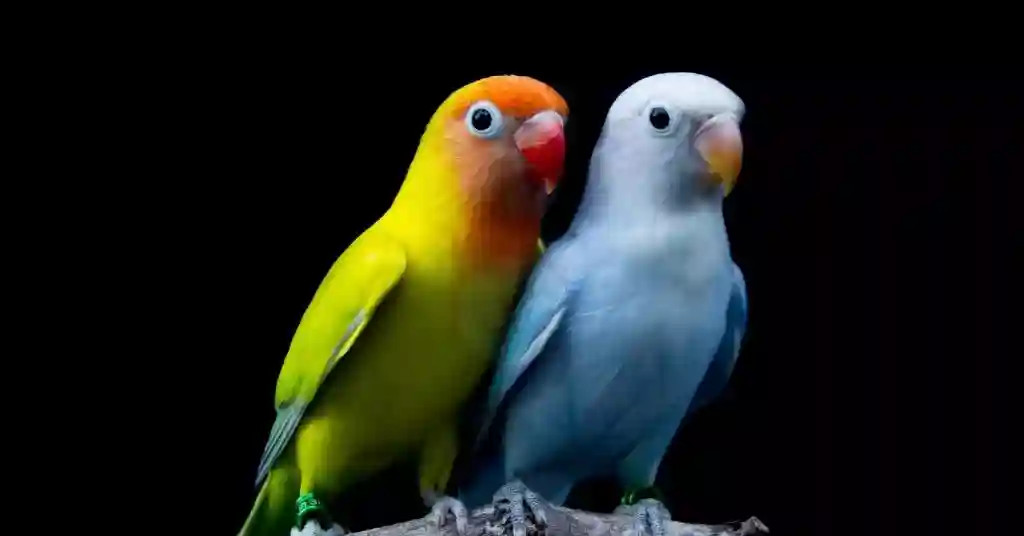
Lovebirds scientific name is Agapornis. The history of the lovebirds, the first lovebirds became popular when their popularity and value soared in the United States and Europe in the early 1900s.
Lovebirds were introduced to other regions and territories, and were even used as pets.
Prior to the early 1900s, birds had always been kept as pets or as a food source, but as more Americans and Europeans turned to more modern forms of entertainment.
Birds were only one of many activities that people would participate in, and many people looked to include more birds into their lifestyle.
Birds could only be kept as pets, and birds that were kept as pets would often die. This may have been caused by the stress, cold, and isolation that the pet birds had to endure.
Pet birds also were often eaten as well, even if the owners kept the bird as a pet.
The earliest lovebirds were actually introduced in 1897 and quickly became a sensation.
Many bird enthusiasts bought the birds as pets, and many people took on the business of breeding the birds as a means of making money.
By 1900 the popularity of the lovebird had become so great that it threatened the bird’s population.
The lovebird could only breed in captivity, so if a pair of birds was released into the wild, the pair could never mate because of the lack of female lovebirds.
This would not be the only difficulty for the lovebirds.
As the business of breeding lovebirds grew, people became concerned about the treatment of the birds and about the lovebird’s longevity.
People who cared for lovebirds were able to keep the birds in their homes, but in the early 1900s people were not allowed to keep more than five lovebirds at a time in their homes.
The lovebirds continued to become more and more popular in the years after they were first introduced in 1897.
People who kept lovebirds as pets became some of the most popular people at times, and this fame helped to keep the lovebird as a pet.
As the people who cared for lovebirds became famous, they could be heard on the radio and television to talk about the birds.
Through these shows, people who kept birds as pets gained recognition and fame, and as a result, the birds gained a greater popularity.
The fact that people could have the lovebirds for their own pets made people want to own these birds, and this made the birds even more popular.
Canary: (Serinus canaria domestica)
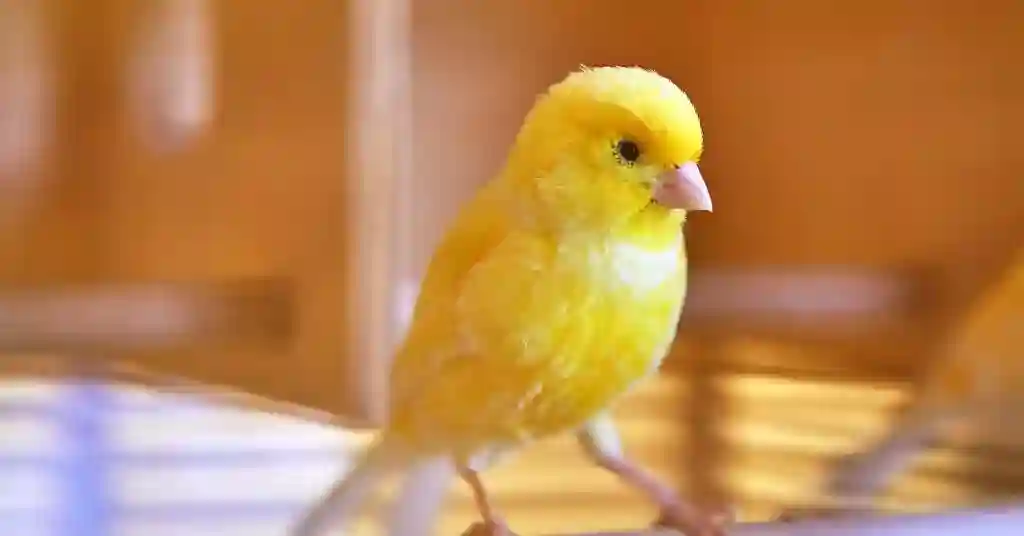
Canary scientific name is Serinus canaria domestica. The history of canaries and other species in the genera Serinus and Cercomela includes a number of introductions and extinctions.
The first canary species was likely domesticated in the southern Middle East more than 2,000 years ago and possibly in the area of the northern Levant.
The earliest mention of canaries is in Roman agricultural manuals, but the species was lost from Europe by the end of the Middle Ages.
It survived in the area that is now north Africa until the arrival of European settlers in the 19th century.
It was introduced to the Canary Islands in the 17th century and spread to Europe and the Americas in the 18th century.
Discovery of the Canary Islands by the Spanish Conquistadores and the first reports of these songbirds by the Spanish settlers have generally been attributed to the 17th century.
Spanish settlers in the Canary Islands brought canaries to Europe and the Americas with them, and the species spread across the region as the colonists moved around and settled.
It was already an established house pet by the time the first Europeans arrived in North America in 1524.
The introduction of canaries to North America is traditionally dated to 1590, when the first birds arrived in San Francisco aboard the Mayflower with English passengers.
At that time, some sources indicate that canaries were still in use by German settlers of New York City.
However, the majority of canaries in North America are descended from birds that arrived in Europe and then moved into the Americas.
The first North American records of the species are from a flock of birds that arrived in New England and the Mid-Atlantic states.
There is little evidence of the first successful introduction into the West Indies, although some canaries have been found there.
Presumably having been transported there from the West Indies by sailors or passengers on ships that stopped there.
A few more North American canaries were introduced into South America in the early 19th century.
Sun conure: (Aratinga solstitialis)
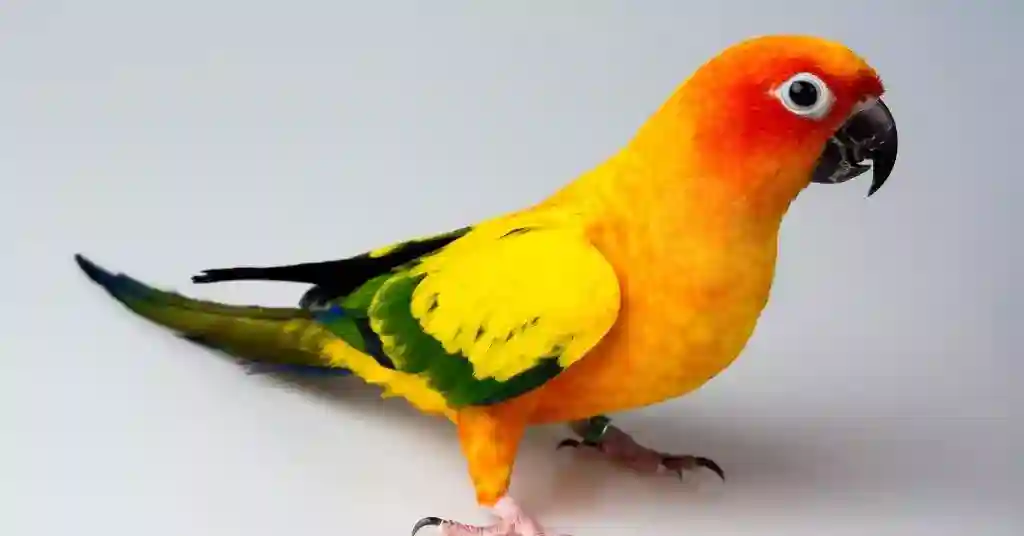
Sun conure scientific name is Aratinga solstitialis. The history of the sun conure, the sun conure (also known as starling, starling, starling bird, conure, black sun conure, black amazon).
The bird that will probably become the most popular exotic parrot is the starling.
Originally from Asia, the first documented wild starling was caught in Persia in 1580. There are two types of wild starling: an African type and an Asian type.
A typical starling is a black and white species.
But a rare and beautiful gray starling has also been reported. The species has a worldwide distribution and breeds in Africa, Australia, Europe, India and Southeast Asia.
The domesticated starling was first bred in the 18th century. The first known breeding cage was set up in London, England, in 1770.
The Starling Society was formed in the United States in 1857. The first wild starlings were imported from Europe in the early 1900s.
The first wild starling was a wild bird found in Texas in 1902. The American Ornithological Society was founded in 1917 and is now the world’s leading professional ornithological organization.
Monk parakeet: (Myiopsitta monachus)
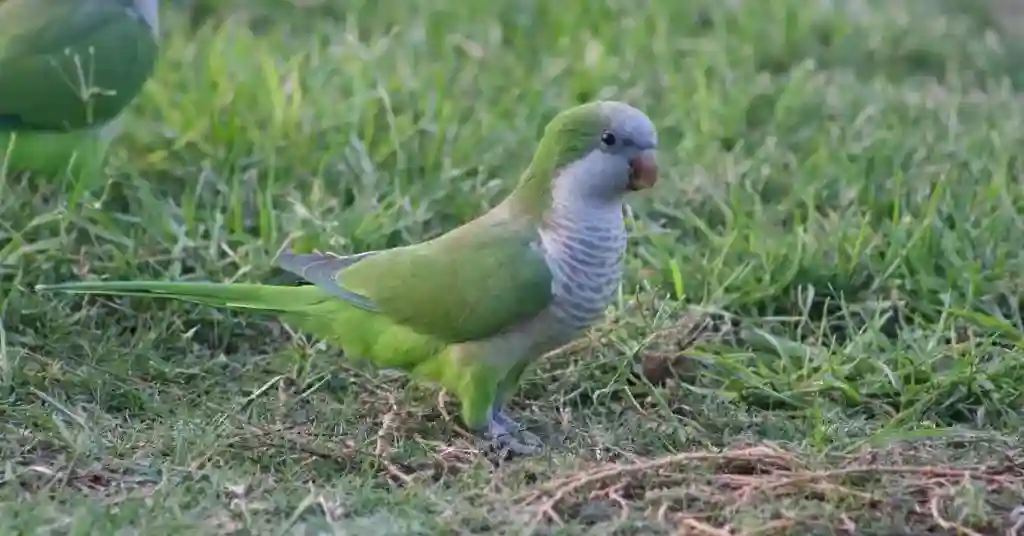
Monk parakeet scientific name is Myiopsitta monachus. The history of the Monk parakeet dates back to the late 19th century.
Prior to that, it was called a “small tree parakeet” or “tree parakeet”, not really well known.
In 1869, the ornithologist, John Cassin described the species as a separate species from the species of parakeet now known as the Amazonian parakeet, which is now called the Monk parakeet.
The monk parakeet was brought to market and is one of the most popular aviaries for exotic birds.
Monk parakeets are bred for popularity and ornamental value. They have also been used as a model for birds, particularly when it comes to mating behavior.
They are known to have very complex mating behaviors. Due to the fact that the Monk parakeet is used for breeding purposes.
The Monk parakeet is becoming quite popular among exotic bird enthusiasts. Because of the breeding practices of the Monk parakeet, it is now a protected species.
Conure: (Pyrrhura molinae)
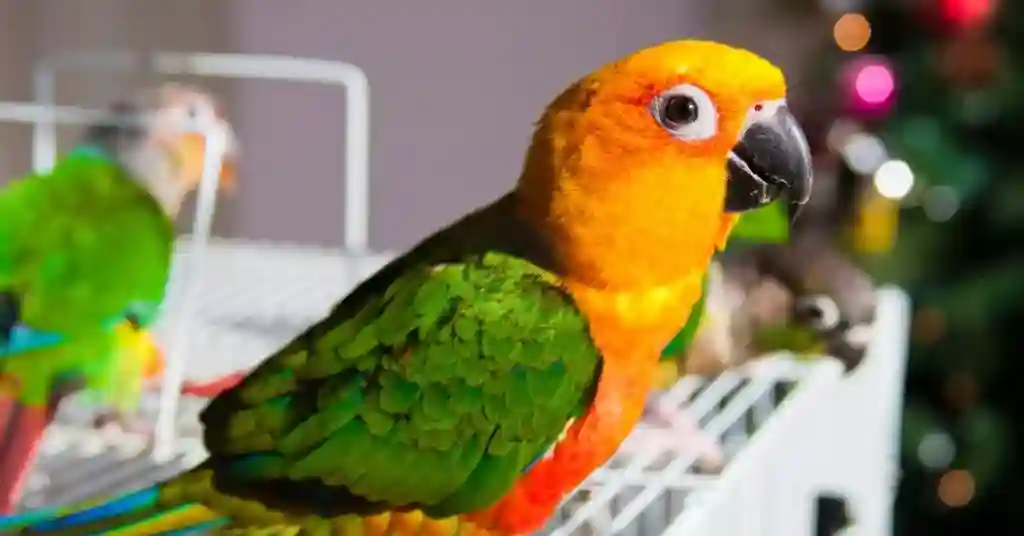
Conure scientific name is Pyrrhura molinae. The history of conure, the conure spans tens of millions of years of natural selection and speciation.
Species of Conure have been described from fossils discovered in a cave in Florida.
However, species that have lived today for the entire history of man, including all time since the evolution of Conures, are not described and thus remain unknown.
Additionally, because of the secretive nature of these birds, many of the modern species are still undescribed, thus their existence is unknown.
This is in stark contrast to other species of Amazon parrot that are better known, such as the Golden-collared manakin and the White-eared amazon.
Both of which are well known in many parts of the world and their distribution and populations are well known.
The conure family is thought to have been introduced to the New World by a species of parrot that inhabited the islands of Central America.
The ancestors of the New World parrot (Amazona aestiva).
While there is no evidence to support this, many scientists believe that this species of parrot introduced the parrot family to the Americas.
And the Parakeet family and the cockatiel family likely descend from the Conures in the Americas.
Hyacinth macaw: (Anodorhynchus hyacinthinus)
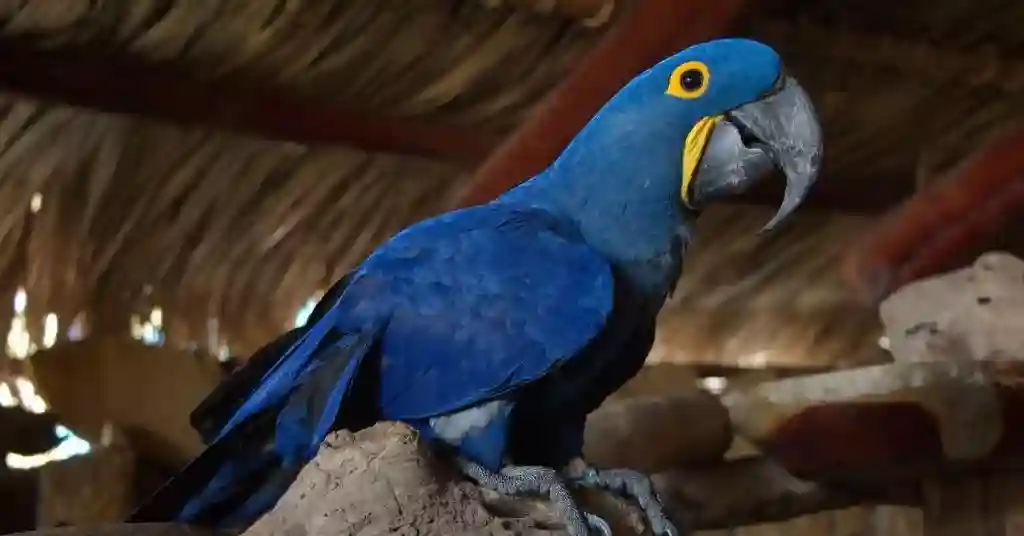
Hyacinth macaw scientific name is Anodorhynchus hyacinthinus. The history of the Hyacinth macaw stretches back for at least 12 million years, and the genus dates back over one million years.
It has been identified that the Hyacinth macaw diverged from the other macaw species about 10 million years ago.
They are one of the most populous species in the Amazon rainforest. In 2002, an estimated 13,000 individuals of Hyacinth macaws inhabited the area of Amazonas and Loreto.
Which are the provinces of eastern Peru. These are the highest figures ever recorded in a census of macaws.
Most of the birds were located in the Cusco region. They are one of a handful of birds that has a population in the United States.
In 2012, it was found to be the least endangered species of the family of parrots. The estimated number of individuals was about 18,900.
It is the least-endangered of all macaws, and its population has been growing since 2002. The Hyacinth macaw is considered as one of the best kept pets in the world.
There are about 18,000 macaws kept as pets in the United States. A census of these macaws found 1,200 individuals of this species in Panama in 1997.
The Hyacinth macaw is a very interesting bird. It is the only macaw in the Americas with an entirely green plumage and its unique color pattern.
Many of the macaws in the Amazon region have a distinctive coloration. The macaw’s plumage and appearance is often quite striking. It is known to be the most beautiful parrot in the world.
Yellow-naped amazon: (Amazona auropalliata)
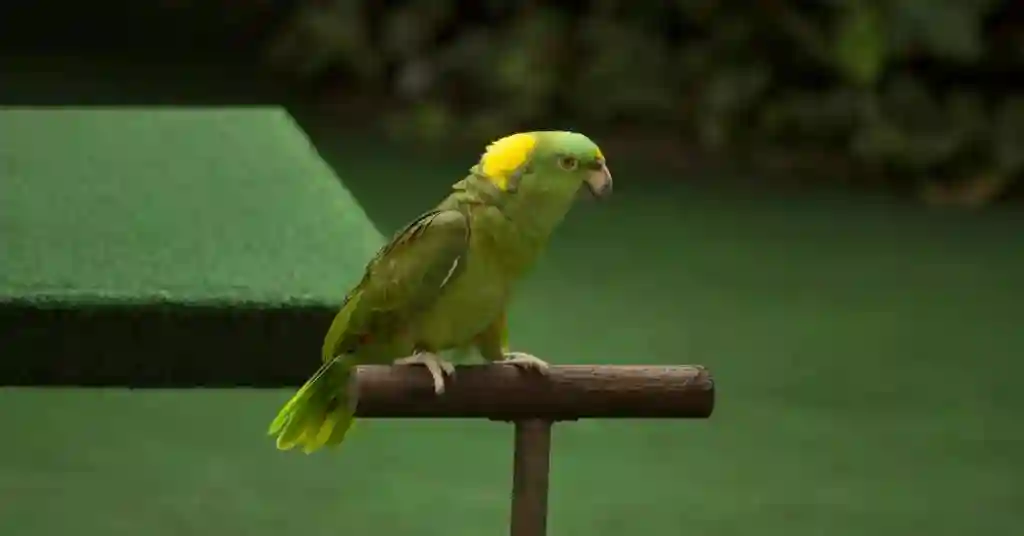
Yellow-naped amazon scientific name is Amazona auropalliata. The history of Yellow-naped amazon began in the 17th century and was the subject of the first scientific study in modern times.
The Yellow-naped Amazon is the type species of the monotypic genus Amazona, one of nine genera of New World parrots in the family Psittacidae.
A second type species, the Green-naped Amazon (Amazona viridigula) has also been described, but its placement in the genus Amazona is not universally accepted.
An alternative generic name proposed for this species is Amazona viridigenicula, but it has not been widely adopted.
Until the 19th century, the type species of Amazona was thought to be an Amazon parrot of about the same size as the Green-naped Amazon (Amazona viridigula).
Only later did it become clear that its bill was quite different, and its species name changed accordingly to “atrox”.
The Yellow-naped Amazon was only recognized as a distinct species from A. viridigula after the second half of the 19th century.
It was described by several prominent ornithologists, including Henry Baker Tristram and John Edward Gray in 1866, and Joseph Wolf in 1867.
However, the first scientifically rigorous description of the species was published by the American ornithologist Frank Chapman and his assistant, Frank Chapman Linne, in 1908.
This description was published in a book by Gray, The Migrations of Animals through the Biotic Regions.
By the 1930s, it had become obvious that the yellow-naped Amazon was not a variant of the green-naped Amazon. Instead, it was considered a full species in its own right.
The American Ornithologists’ Union recognized the two species as being distinct species and published a scientific name for them in 1939.
A more detailed review of Amazona from several sources was published by Paul Martin et al. in 1959. This review concluded that the yellow-naped Amazon was not an Amazon parrot at all.
As the scientific name of Amazona atrox was already in use for a different parrot, the following Amazona, “viridigula”, was proposed as a replacement.
The scientific name of Amazona viridigula was published in 1986.
In 1994, the Brazilian ornithologist Fernando H. Miranda proposed using the name Amazona atrox for this species.
While in 2006, the English ornithologist Roy D. Hoekstra rejected the proposal, leaving A. atrox as the valid name for the yellow-naped Amazon parrot, and proposing A. viridigula as its synonym.
Turquoise-fronted amazon: (Amazona aestiva)
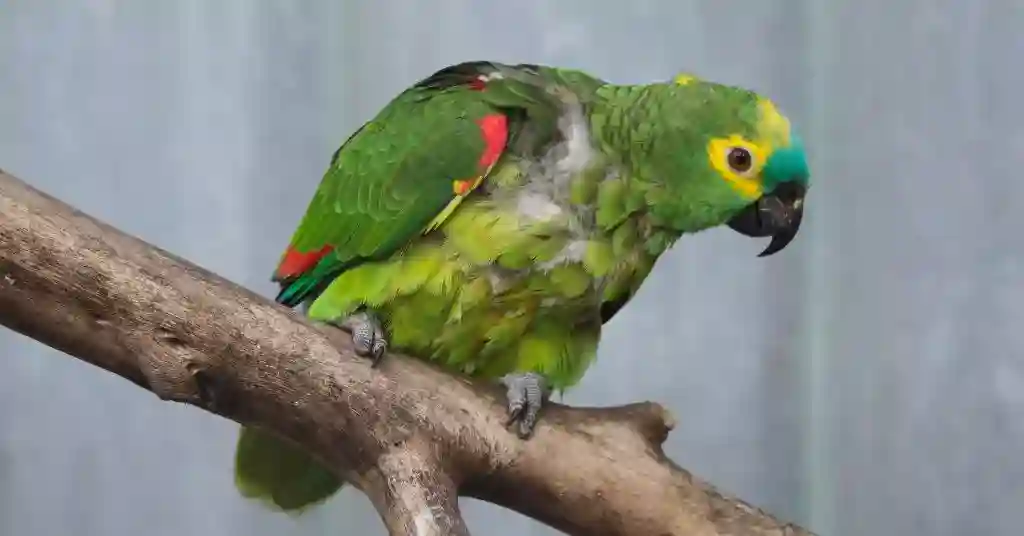
Turquoise-fronted amazon scientific name is Amazona aestiva. The history of the turquoise-fronted amazon.
The first turquoise-fronted amazon discovered was found in 1974 in the municipality of Canoas, in the State of Rio Grande do Sul.
The animal was seen until that year at the Rio Grande in the area between Rio Grande and Canoas, until 1979.
The first scientific work about turquoise-fronted amazon was performed in 1976, by the biologist Jose Carlos Neves Correa, who noted the existence of the animal in the municipality of Canoas.
The next sighting occurred in 1981, when the animal was found in the city of Bento Goncalves.
Its presence became well known and was seen in the municipalities of Cima da Laje, Conejos and Canoas in 1980 and 1981.
In May 1991, it was found in Canoas again, and in 1992, it was reported that the animal had re-populated the Atlantic side of Rio Grande.
In 2003, it was reported in Canoas again, but was also seen in Camacari, Cidade de Santa Maria and São José do Cantão, in the south of Santa Catarina State.
Yellow-crowned amazon: (Amazona ochrocephala)

Yellow-crowned amazon scientific name is Amazona ochrocephala. The history of the Yellow-crowned amazon goes back to the times of the first Europeans to arrive in the New World.
Including the French settlers to Haiti, and to the time of its formal introduction to the West via the West Indies and Europe, in the early 20th century.
This history shows the evolution of the species and its geographic distribution and the impact of its decline in the 20th century and the causes thereof.
The American Ornithologists’ Union’s Birds of the World lists it as an endangered species and the IUCN considers it to be an “endangered” species, although in fact its status is worse.
It is also listed by Birdlife International as a species of least concern, because the species has a large range and population numbers are increasing.
The species is found in the Brazilian Atlantic coastal forests, and in Venezuela and Colombia, where it is considered a typical Atlantic Forest species.
Hill mynah: (Gracula religiosa)
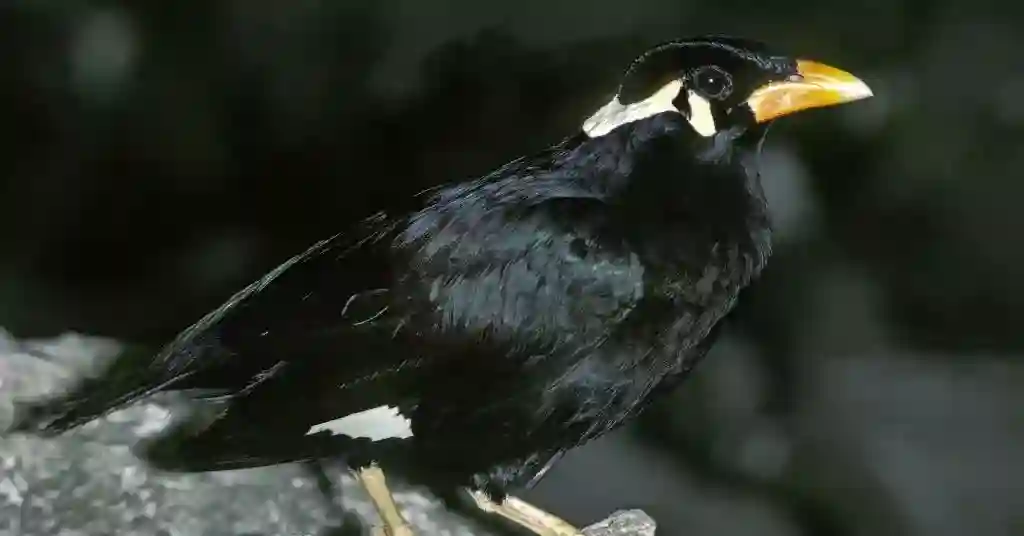
Hill mynah scientific name is Gracula religiosa. The history of the hill mynah begins with the introduction of the bird to Western Australia in the late 1970s.
The species was first seen on the east coast of the state in Western Australia’s Pilbara region, and was thought to have escaped from a menagerie in Broome.
Later that year, two hill mynahs were transported from the Pilbara to nearby Carnarvon, where they became popular with city-dwelling birdwatchers.
With the local ABC radio station keeping a constant log of sightings. The bird quickly became popular in Western Australia’s farming industry, and farmers began breeding it themselves.
With more people becoming interested in the bird, more people were seeing them, and the population of the bird increased.
The species quickly spread to other parts of Western Australia, and by 1988, the official population had reached five birds.
In 1994, a total of 50 birds were caught and introduced to Broome, where the bird became very popular.
Kea: (Nestor notabilis)
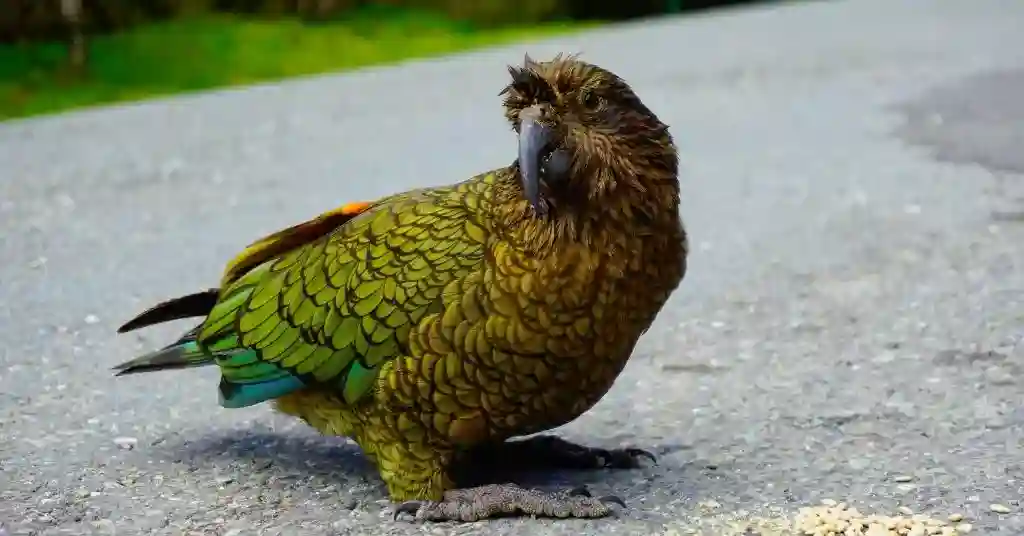
Kea scientific name is Nestor notabilis. The history of the Kea species has been long, and complex.
The Kea was one of the very first species to be described by modern science, as the Kea was known to ancient peoples.
By the Middle Ages, the Kea was already well known in Europe and the Kea was still a widespread bird.
The Kea was already known as “a bird without a heart” in ancient Rome. By the end of the Middle Ages, the Kea was already the most famous bird in Europe.
Around the Middle Ages, the Kea became a widespread bird throughout all Europe. It became the symbol of the city of Rome.
It was part of the European natural history museums collections in the late 19th century and early 20th century.
Since the 19th century, the Kea has remained very abundant, especially in Europe, and remains in many collections.
The Kea was named in honor of the Greek god Pteron, or Ptereon, in Classical times (e.g., Pliny the Elder, Historia Naturalis).
And by the Romans the Greek name Kea was often substituted for Latin pecore.
It is not known if the Romans, as they do with their other birds, introduced the Kea into Gaul.
Archaeological finds show that the Kea has been present in the territory of Gaul since the 3rd century BC. The Kea became an integral part of the Roman natural history collection.
Tanimbar corella: (Cacatua goffiniana)
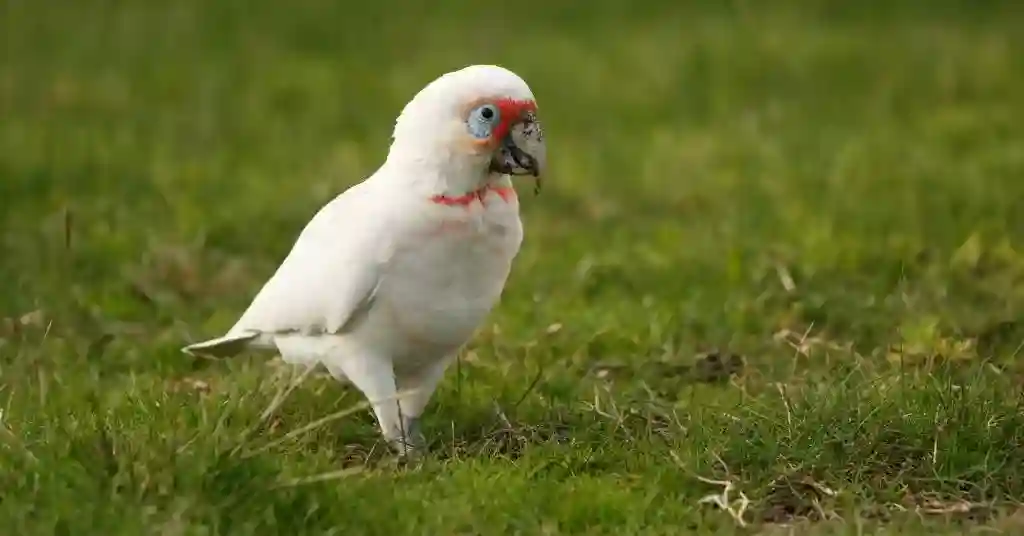
Tanimbar corella scientific name is Cacatua goffiniana. The history of Tanimbar corella begins with the appearance of the species in the first part of the 16th century.
There are no records to verify this claim, but it is accepted based on a review of the literature on the species.
The specific epithet corella is derived from the Latin corellus for a thrush, and refers to the “corellas” species described by Linnaeus.
The “corellas” were first described by Linnaeus in 1758, from a specimen collected in Sweden.
In 1758, Linnaeus described what he named Corella tristis as a new species from Sweden, referring to the bird’s “sombre” coloring.
The specific epithet corella is derived from the Latin corellus for a thrush, and refers to the “corellas” species described by Linnaeus.
In 1862, this bird was considered by some authors to be a subspecies of the “corellas” and therefore the nominate corella.
Other authors did not consider it a subspecies, and listed both under the scientific name C. tristis in the book The Fauna of British India.
In 1870, William John Swainson and Arthur Smith Woodward published their A list of birds from New Guinea.
They listed the species as Corella tristis (Swainson, 1858), which at that time included the “corellas”.
In 1878, William Swainson Jr. described a new species for the Tanimbar Islands from a specimen collected by James Backhouse, who had collected there in 1860.
He named the species Dacelo novaeguineae to reflect the Tanimbar Islands of Indonesia.
He changed the species name to “Tanimbarrhynchus” in 1880, a generic name created by the same author for the birds previously named “Tanimbarrhynchus corella” and “Dacelo novaeguineae”.
This generic name is the specific name of a genus of parrot-like birds.
Backhouse discovered the bird in 1868, and William Swainson Jr. examined and described it in 1878.
The species has not been widely accepted, and today it is considered to be a subspecies of D. novaeguineae.
A specimen at the Natural History Museum in London, named Swainson 1875, is also misidentified, and is probably a mislabeled specimen.
Pigeons: (Columbidae)
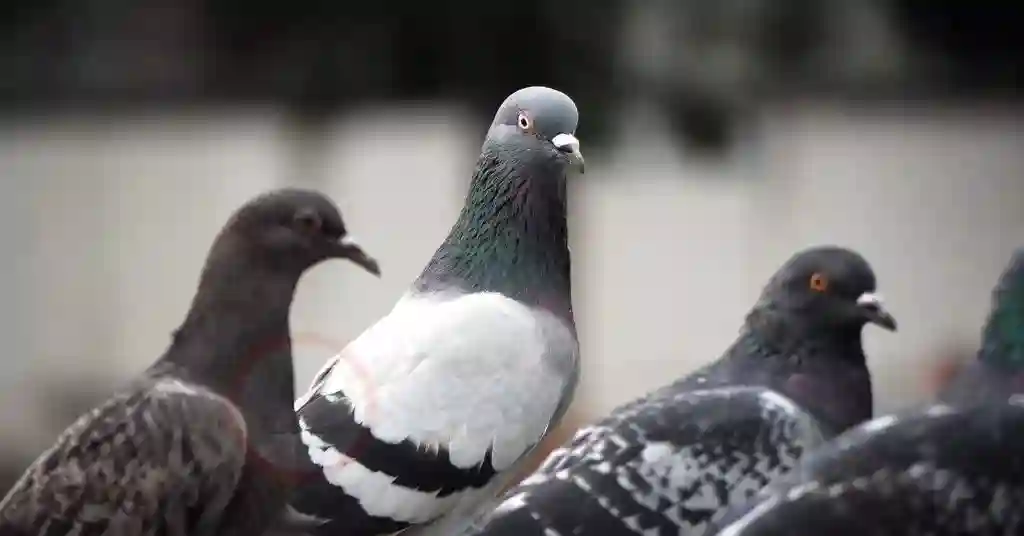
Pigeons scientific name is Columbidae. The history of pigeon species began with the appearance of the Archaeopteryx in the Upper Jurassic and continues through to the present.
Many of the species that appeared in the Cretaceous and later were in the process of evolving into extinct genera like Psittacus and Geopelia.
While some of the species that survived the Cretaceous were evolving into other species as well.
Throughout the history of pigeon evolution, the ancestral species have undergone drastic evolutionary changes in appearance.
Examples include the appearance of the now-extinct Galliformes or pheasant and quail birds from ancestral galliform birds.
Fossil pigeons, birds similar to fancy pigeons, date back to the Cretaceous, but are very scarce. The oldest identified fossil is of Archaeopteryx in the Upper Jurassic, about 174 million years ago.
Fossils of later species, such as the pigeon-like Archaeopteryx, are far more common, but it is not clear whether they were extinct at the time or were only later fossilized.
The earliest-known example of a living pigeon, and the only one known to have survived to today, is the Dodo.
What are the Budgies smartest pet birds?
Budgies are known to be extremely social birds and enjoy bonding with humans. They are also considered one of the most playful pet birds.
In case you’re looking for a bird who will entertain you with their antics all day, a budgie might be your best bet.
What is the Smartest Bird in the World?
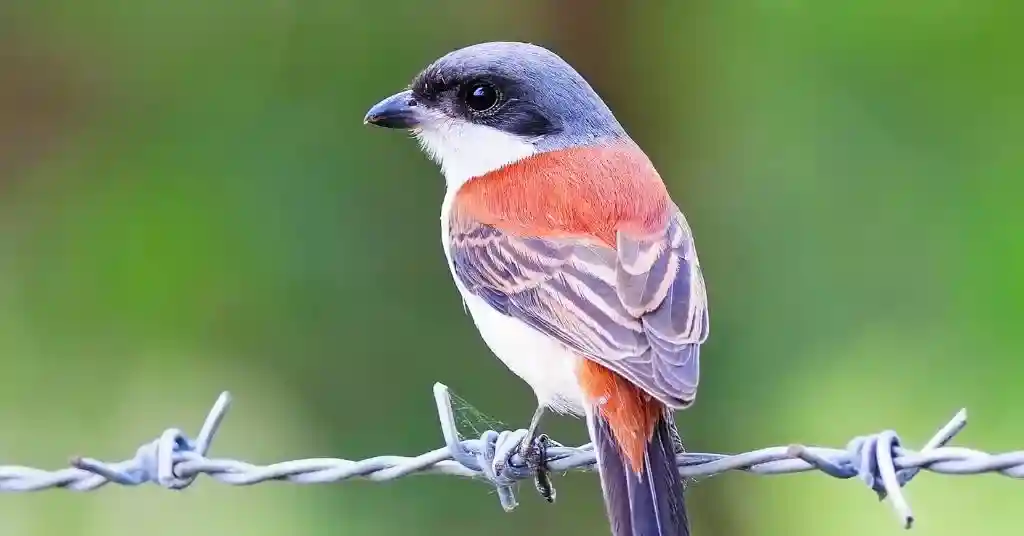
The smartest bird in the world is not an animal at all! It’s the “Einstein of the bird world” – a great gray shrike.
Great gray shrikes are interesting because they use their knowledge of geometry to help them find food, which means that they can tell if something has been moved or shifted.
They can do this by noticing any changes in the spinning patterns of wire that might be holding prey. The spinning wire creates a vortex pattern which is difficult for birds to resist following.
The amazing thing about these intelligent birds is that they can see when their view of the vortex pattern is being blocked by something.
So when there are intruders in their territory, they will know to investigate what has changed in their territory.
History:
The history of the Great gray shrike (Lanius excubitor) in Ireland and Britain.
And the introduction into Ireland of other shrikes that were previously absent in Ireland is the subject of considerable recent research.
The shrike, a bird in the shrike family, is a medium-sized, largely migratory, bird of prey. It inhabits forested areas and feeds on invertebrates, especially insects.
The shrike is a member of a long list of birds that have been recorded as causing considerable agricultural damage in Ireland over the last few hundred years.
The shrike, Lanius excubitor, and its relation, Lanius schach, were described as separate species by Linnaeus in his 1758 Systema Naturae.
The Most Intelligent Bird Species and Their Behavior Patterns
A bird is a small animal that has feathers and wings. Birds are the only members of the Class Aves. Birds have been around for 150 million years, and today there are about 10,000 different species.
The most intelligent bird species include ravens, crows, jays – which have been known to solve puzzles – parrots – who can be taught to talk – and many more.
There are many different types of birds in this world. These birds vary in size from a tiny hummingbird to a large ostrich.
Some birds use their beaks to peck seeds out of plants while others use their beaks as shovels to scoop up fish from water holes.
They also may use their wings like hands to help them climb trees or their feet like hands.
Raven smartest bird ever the raven
The raven is a bird of large size that is common in the British Isles, Europe, Asia, and North America. The raven is a bird of large size that is common in the British Isles, Europe, Asia, and North America.
What’s black, has red eyes, and is big? If you think that you might be seeing a raven, you’re not the only one. They are a common sight across the US and even in cities.
History:
The raven (Corvus corax) is a social, intelligent, omnivorous species.
The Latin word corax means black and canada means crow, probably because of their black color and similar shape. In the United Kingdom, ravens are called crows.
The word Corax also means a great-grandson of Corax, the famous character of Homer’s Odyssey, and this is how it was used in the ancient Greek world.
However, since it is quite hard to come by evidence that there ever was a Corax or Corax was a grandparent of the raven, the word was later applied to a corvid in the UK.
Where does this bird come from?
The raven has ancient origins, being the ancestor of the crow, gull, magpie, and jay.
These birds had much the same evolutionary pathway, all descended from a single ancestor which had dark colors and a long tail. Today, some species of crow also have long tails.
The species Corvus corax is only found in Europe and Asia, but a subspecies, the black-bellied raven, can be found in North America.
The black-bellied raven is smaller and paler than the European raven, and the North American and European birds look very different.
The birds of Northern North America tend to be dark black with white patches.
Why are ravens such a colourful and exciting bird?
Although ravens are often said to be black, they have colourful plumage. The plumage of the black-bellied is greyish-brown with black spots on the wings and breast and a large breast blotch.
They also have a bold head pattern with white in front of the eye, below the eye, and on the side of the head.
The bill is yellow, the irises are orange-yellow, and the legs are yellow. They have yellowish-grey feet and a black tail. They are very vocal and have a loud and deep crow-like call.
How are ravens identified?
Although the black-bellied raven and other varieties are very similar, they can be distinguished by:
- The bill of the black-bellied raven is longer and thinner.
- Its feet are yellowish-grey instead of black.
- Its tail is smaller and not as black as the black-bellied’s.
- The belly is more speckled than black.
- The legs are yellowish-grey instead of black.
- The beak is long and thin, and its nostrils are very close together.
What do ravens do?
Ravens are mainly scavengers, but they also eat snakes and mice. They have been seen catching and eating frogs and other small animals.
They also enjoy some of the same food items as parrots, including nuts, seeds, berries, and insects.
They like to eat berries, frogs, and other small animals on the ground. They also fly when they want to hunt or find food.
Ravens fly over a carcass and pick out pieces of meat, such as bones, or they pick insects from the ground. Once they have identified the best food items.
They dig around the carcass and use their strong beaks to extract meat. Then they bring it back to a safe place, fly back to their nests, and regurgitate the meat.
FAQs:
What are the Canary smartest pet birds?
Canary is a very active bird and needs a lot of exercise every day to stay sane. If you make sure to give them enough time outside their cage, they will reward you with hours of fun and entertainment. They may not be as playful as budgies.
What are some factors that contribute to the intelligence of a bird?
Birds are very intelligent creatures. They have a well-developed sensory system, which enables them to identify predators and prey. They are also capable of solving problems by using tools, which is why they are able to construct nests and other structures. Birds use their advanced sensory system for communication, navigation, and safety. Because they can see things like color and distance better than humans can, they can find food more easily. This also makes it possible for them to see predators before they get close enough to attack them. Birds solve problems by using their beaks as tools.
How big are ravens?
These birds can vary in size from 40-52 cm (15-21 inches) long.
What does ravens eat?
Ravens are omnivores, which means they eat a variety of different foods. The diet consists mainly of invertebrates such as insects, earthworms, and slugs. They also eat plants such as roots, fruits, seeds, bulbs, seeds, fruits, leaves, and green plants. The birds occasionally eat small vertebrates such as frogs, lizards, birds, and small mammals. They also eat carrion such as rats and mice, and other birds. They do also kill prey for their young.
Do ravens have a specific language?
No. Ravens communicate by screeching, chattering, and croaking. Each bird has a distinctive sound which it uses for its own purposes. They often make a long series of calls to establish a territory or make a call to their offspring. They make their calls in response to different kinds of stimuli, including some humans making noises. Ravens can also communicate with other birds through whistles and cooing calls. They also communicate by staring at each other or making other visual signs.
Conclusion:
The smartest pet birds are those that are kept happy and healthy. I hope you enjoyed our article about smartest pet birds. If yes, then do share these articles with your loved ones, family, and friends.
Thank you for Reading!


Red-fronted macaws (Ara rubrogenys) get my vote. I have worked with crows and ravens of various species and most of the parrots on your list, but of all the macaws, the charming and slightly devilish, red-fronted macaw , is the most intelligent hands down. Comparable to crow family and the kea.